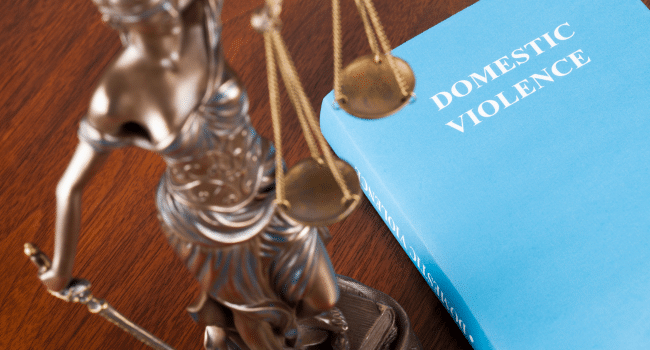Table of Contents
There’s a moment when reality hits—when the excuses stop making sense, when the apologies feel empty, and when the fear becomes impossible to ignore. It doesn’t happen all at once. It sneaks in between the promises that “this time will be different” and the quiet dread that builds every time footsteps sound a little too heavy. For anyone trapped in that cycle, leaving can feel like an impossible task, wrapped in uncertainty, risk, and a hundred unanswered questions.
The truth? Escaping domestic violence isn’t easy, but staying is far more dangerous. And while it may not feel like it right now, there is a way out. This proven domestic violence lawyer in Los Angeles has some tips for you…
Recognizing That It’s Time to Leave
One of the biggest hurdles isn’t just leaving—it’s accepting that leaving is necessary. The mind plays tricks, convincing itself that things aren’t that bad, that maybe it’s possible to endure just a little longer. But abuse, whether physical, emotional, financial, or psychological, only escalates over time.
It’s not just about bruises or broken belongings. It’s about fear becoming a constant companion. It’s about walking on eggshells in your own home, where safety should be a given, not a privilege. When someone systematically breaks down confidence, independence, and self-worth, it’s not just a toxic relationship—it’s a trap. And traps are meant to be escaped.
Breaking Through the Fear
Fear is a powerful leash, and abusers know it. Fear of what happens if they find out you’re planning to leave. Fear of how to survive alone. Fear of not being believed. And yet, fear loses its grip when there’s a plan—when uncertainty is replaced with steps forward.
Planning doesn’t mean announcing intentions. It means gathering important documents in a place that can’t be found. It means slowly saving money if possible, even in small amounts. It means researching shelters, legal options, and support networks. And most of all, it means trusting that there are people who will help, no matter how isolated an abuser has tried to make their victim feel.
The Exit Plan: Leaving Safely
Walking out the door isn’t just about physically leaving—it’s about leaving safely. Timing matters. So does discretion. If an abuser has a history of violence, escaping during a calm moment when they aren’t home is often the safest approach. If leaving suddenly isn’t an option, enlisting the help of a trusted friend, coworker, or even a crisis hotline can open unexpected doors.
Technology can be both a lifeline and a risk. Search history, GPS tracking, and social media check-ins can expose an escape plan before it’s complete. Using a public library or a friend’s device to research shelters and resources can minimize digital footprints. And when the moment comes to go, turning off location services and using a new phone if possible can prevent tracking.
Where to Turn for Help
No one should have to navigate this alone. Shelters and domestic violence hotlines exist for exactly this reason—to offer not just a roof, but guidance, legal support, and a community that understands. Police can be an option, but for those wary of involving law enforcement, organizations that specialize in domestic violence often offer alternative protection plans.
Family and friends can be lifelines, but not everyone has a support network they can turn to. That’s where advocacy groups step in. These organizations don’t just provide temporary housing; they help rebuild lives, offering job assistance, legal aid, and emotional support to ensure that leaving isn’t just an escape—it’s the start of something better.
Rebuilding After Escape
The hardest part of leaving isn’t always the act of walking away. It’s the aftermath—the emotional toll, the financial struggles, the battle to unlearn the conditioning that made someone believe they weren’t worth more. The scars left behind aren’t always visible, but they exist in the form of self-doubt, anxiety, and the unsettling reality of starting over from scratch.
Rebuilding means rediscovering freedom in small ways—choosing meals without fear of criticism, sleeping without tension in the shoulders, relearning what it feels like to be safe. It’s not an overnight process. Healing isn’t linear. But with time, patience, and support, life doesn’t just return to what it was before—it becomes something even stronger.
The Light on the Other Side
Abusers convince their victims that they’re powerless. That they have no options. That they can’t survive alone. And yet, survivors prove them wrong every single day.
There is no shame in leaving. No guilt in choosing self-preservation. No weakness in needing help. The path to freedom might be hard, but it exists. And every single step forward is a step away from fear—and toward a future where safety isn’t a question, but a certainty.
